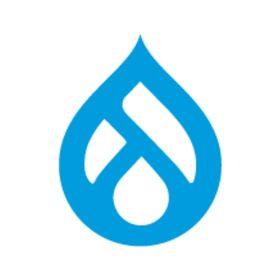One Shoe is expanding rapidly, so we have several jobopportunities for Drupal and Mobile developers in the Netherlands.
One Shoe has been an international player in the Drupal community for almost 7 years now. One Shoe is specialized in large scale Drupal implementations and mobile development. We are working for international clients from our headquarters in Utrecht in the historic centre of the Netherlands. One Shoe is expanding rapidly to meet international demand and is hiring new staff and looking for opportunities to open a shop in Germany. Are you interested in working on large scale implementations for web and mobile and do you like a challenge, then One Shoe is a great place to work!
Jobdescription
For large (inter)national clients you will realize challenging websites, web applications and mobile applications. You will closely cooperate in a team with strategists, user experience (UX) professionals, concepters, designers, front and backend developers. Your work will be of the highest technical level in the Drupal landscape and trainings will be provided to reach this level.
One Shoe is currently looking for Front and Backend developers with multiple years of PHP/MYSQL experience.
Culture
 Still on Drupal 7? Security support for Drupal 7 ended on 5 January 2025. Please visit our Drupal 7 End of Life resources page to review all of your options.
Still on Drupal 7? Security support for Drupal 7 ended on 5 January 2025. Please visit our Drupal 7 End of Life resources page to review all of your options.